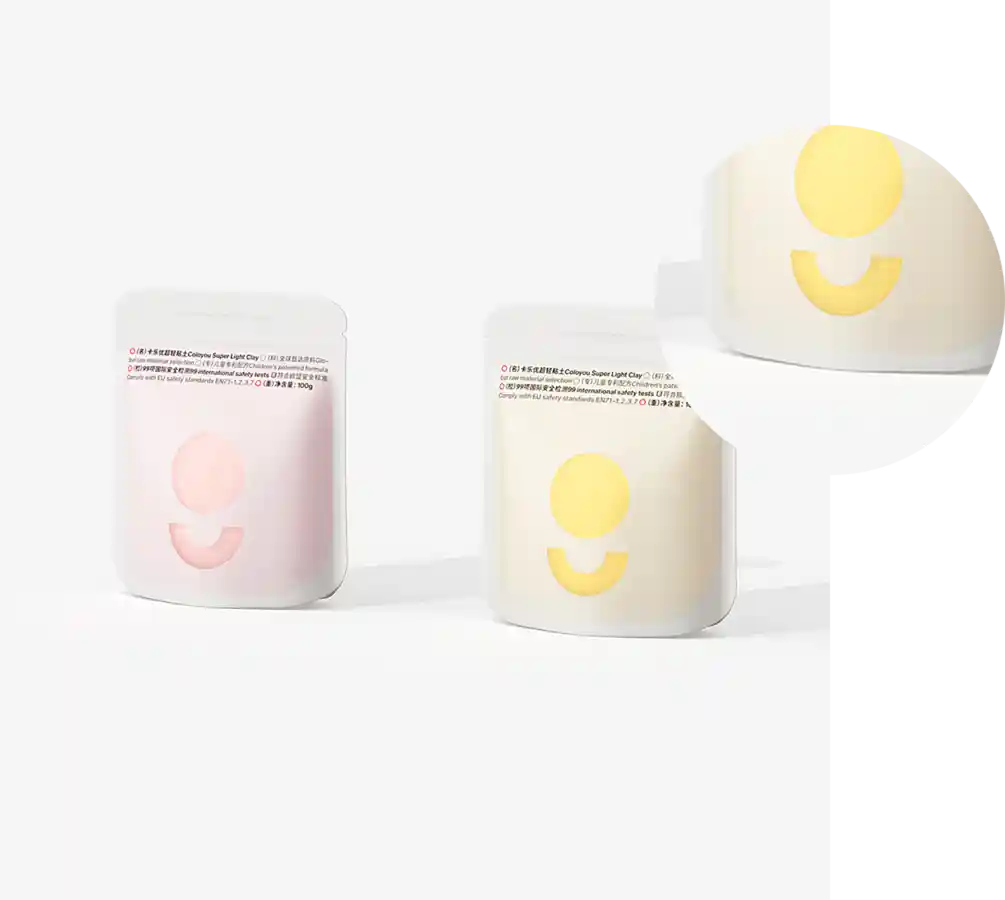- Afrikaans
- Albanian
- Amharic
- Arabic
- Armenian
- Azerbaijani
- Basque
- Belarusian
- Bengali
- Bosnian
- Bulgarian
- Catalan
- Cebuano
- chinese_simplified
- chinese_traditional
- Corsican
- Croatian
- Czech
- Danish
- Dutch
- English
- Esperanto
- Estonian
- Finnish
- French
- Frisian
- Galician
- Georgian
- German
- Greek
- Gujarati
- haitian_creole
- hausa
- hawaiian
- Hebrew
- Hindi
- Miao
- Hungarian
- Icelandic
- igbo
- Indonesian
- irish
- Italian
- Japanese
- Javanese
- Kannada
- kazakh
- Khmer
- Rwandese
- Korean
- Kurdish
- Kyrgyz
- Lao
- Latin
- Latvian
- Lithuanian
- Luxembourgish
- Macedonian
- Malgashi
- Malay
- Malayalam
- Maltese
- Maori
- Marathi
- Mongolian
- Myanmar
- Nepali
- Norwegian
- Norwegian
- Occitan
- Pashto
- Persian
- Polish
- Portuguese
- Punjabi
- Romanian
- Russian
- Samoan
- scottish-gaelic
- Serbian
- Sesotho
- Shona
- Sindhi
- Sinhala
- Slovak
- Slovenian
- Somali
- Spanish
- Sundanese
- Swahili
- Swedish
- Tagalog
- Tajik
- Tamil
- Tatar
- Telugu
- Thai
- Turkish
- Turkmen
- Ukrainian
- Urdu
- Uighur
- Uzbek
- Vietnamese
- Welsh
- Bantu
- Yiddish
- Yoruba
- Zulu
Transitioning to a Circular Economy with Post-Consumer Recycled Materials for Sustainable Production
Post-Consumer Recycled Materials A Pathway to Sustainable Living
In recent years, the environmental impact of consumerism has become a focal point of discussion among scholars, activists, and everyday individuals alike. As the global population continues to grow and consumer goods become more accessible, the consequences of waste have led to an urgent need for innovative solutions. One such solution is the use of post-consumer recycled (PCR) materials, which not only reduce waste but also foster a more sustainable and circular economy.
Post-consumer recycled materials are materials that have been used by consumers and subsequently collected, processed, and repurposed into new products. This process begins with the collection of items such as plastic bottles, aluminum cans, paper, and glass that might otherwise end up in landfills or incinerators. By transforming these items into new products, PCR materials help divert waste from landfills and minimize the consumption of virgin resources.
Post-Consumer Recycled Materials A Pathway to Sustainable Living
Moreover, utilizing post-consumer recycled materials supports the creation of a circular economy. In a circular economy, the lifecycle of products is extended through recycling and repurposing, aiming to keep materials in use for as long as possible. This contrasts sharply with the linear model of “take, make, dispose” that has dominated industrial practices for decades. Transitioning from a linear to a circular economy not only promotes sustainability but also encourages innovation in product design, manufacturing processes, and waste management.
post consumer recycled

The economic benefits of embracing PCR materials cannot be overlooked. The demand for recycled materials has grown significantly, leading to the development of a robust recycling industry. This industry not only provides jobs but also stimulates local economies. Furthermore, businesses that incorporate PCR materials into their products often find that consumers are increasingly interested in sustainability. Many consumers today prioritize environmentally friendly options, leading them to support brands that demonstrate a commitment to sustainability. This shift in consumer behavior prompts companies to adopt more responsible practices, ultimately driving demand for PCR materials.
Despite these benefits, challenges remain in the widespread adoption of post-consumer recycled materials. One significant hurdle is the perception of quality. Historically, recycled products were often seen as inferior in quality compared to their virgin counterparts. However, advances in recycling technology and processes have improved the quality of recycled materials significantly. Today, many PCR products meet or even exceed the performance standards of non-recycled products, demonstrating that sustainability and quality can go hand in hand.
Another challenge is the confusion surrounding recycling guidelines and processes. Many consumers are unsure about what items can be recycled and how to properly dispose of them. This confusion can lead to lower recycling rates and increased contamination within recycling streams. To address this issue, businesses, local governments, and organizations must prioritize education and awareness campaigns that clarify recycling procedures and encourage responsible consumer behavior.
Moving forward, collaboration among businesses, policymakers, and consumers will be essential for maximizing the potential of post-consumer recycled materials. Government incentives can encourage companies to invest in recycling technologies and promote the use of PCR materials. Concurrently, consumers can play a crucial role by making conscientious purchasing decisions and advocating for sustainable practices.
In conclusion, post-consumer recycled materials represent a vital step towards achieving a more sustainable future. By reducing waste, conserving resources, and promoting a circular economy, PCR materials can help mitigate the environmental impact of consumerism while also encouraging economic growth. As society grapples with the consequences of its consumption habits, embracing recycled materials may serve as a beacon of hope, guiding the way to a more sustainable and responsible approach to living. Through collective efforts and innovative thinking, we can create a healthier planet for future generations.













